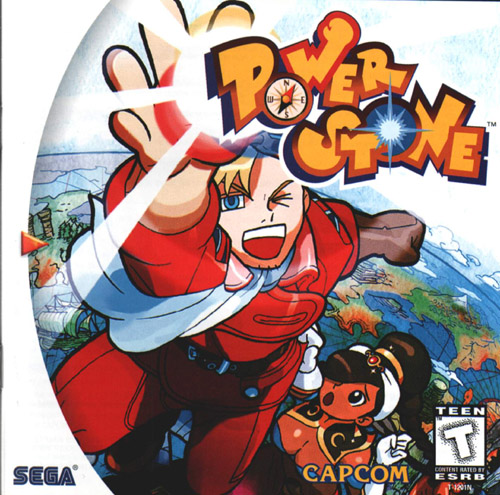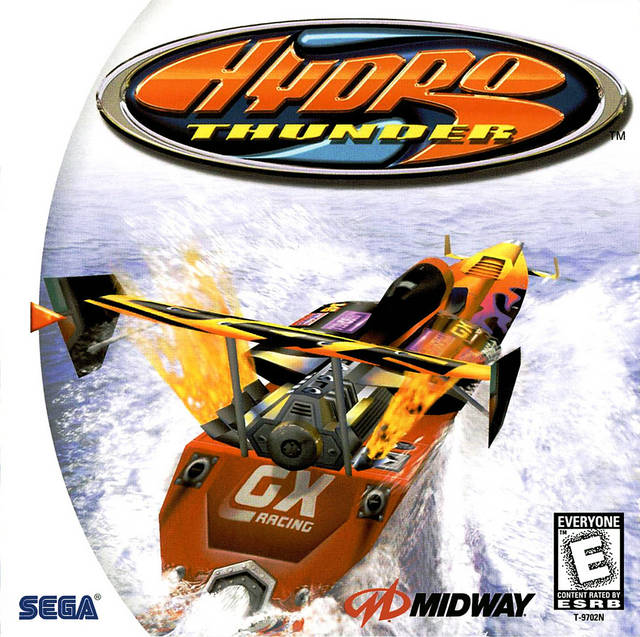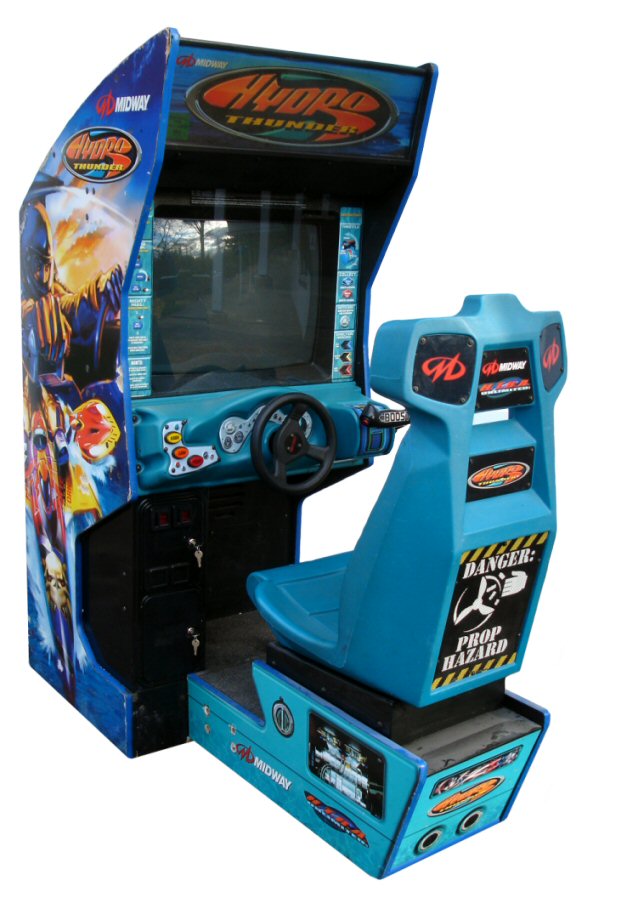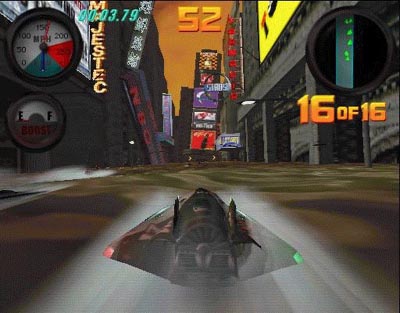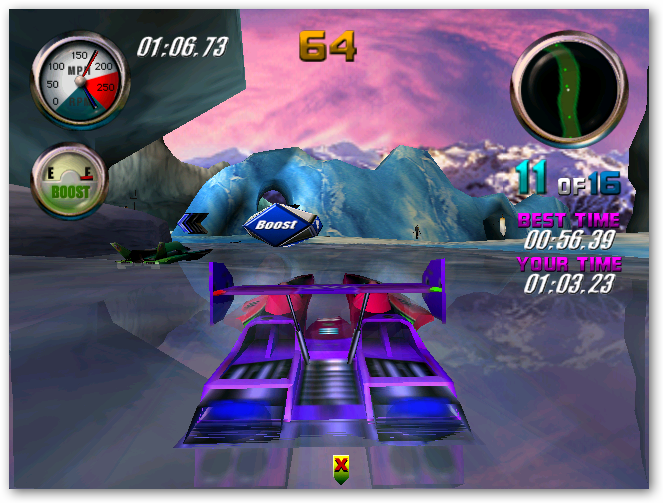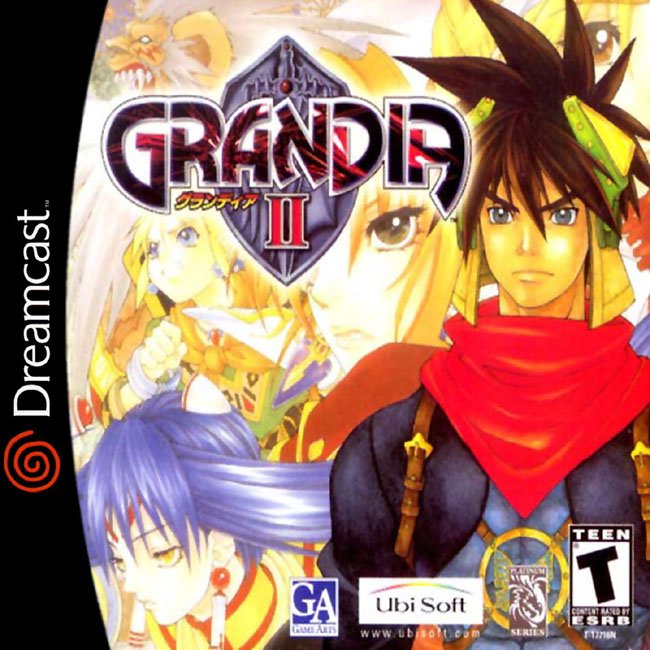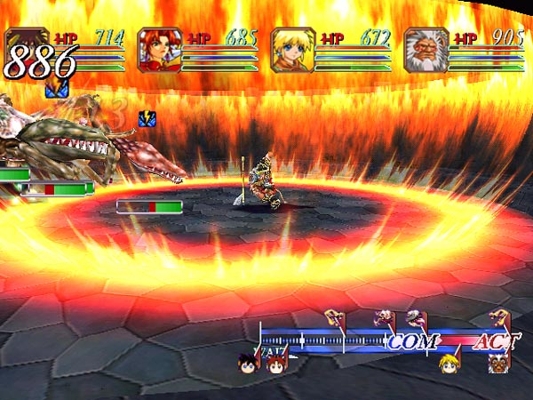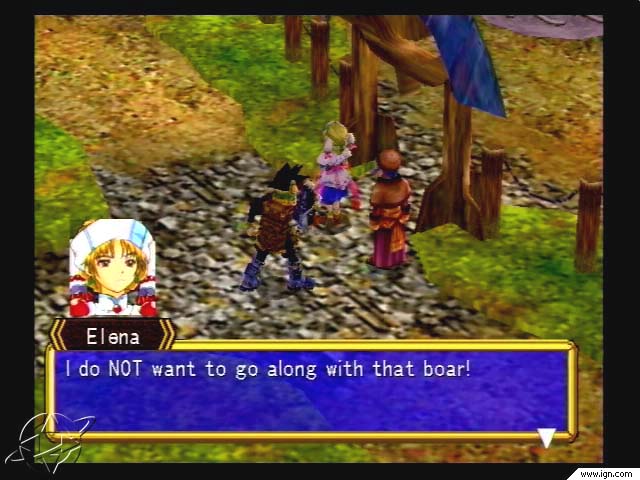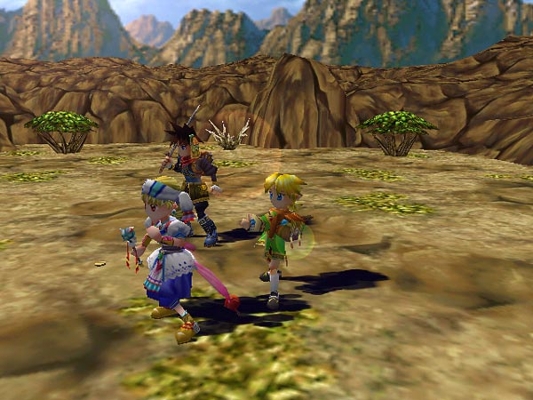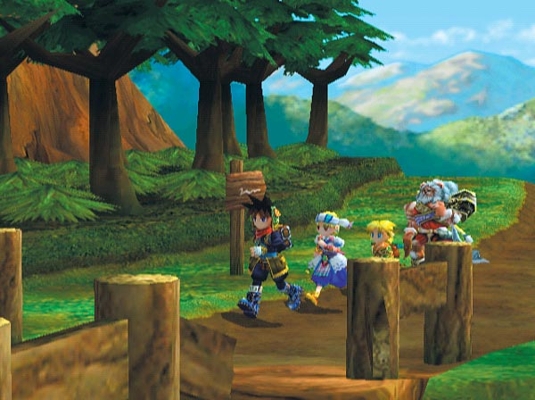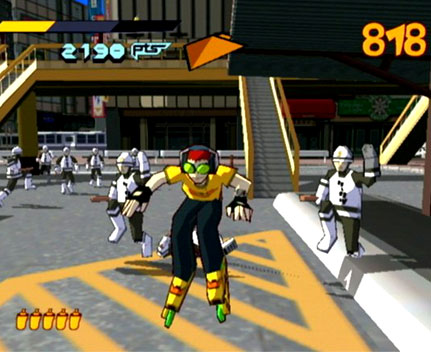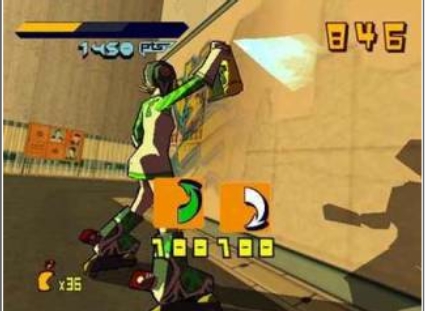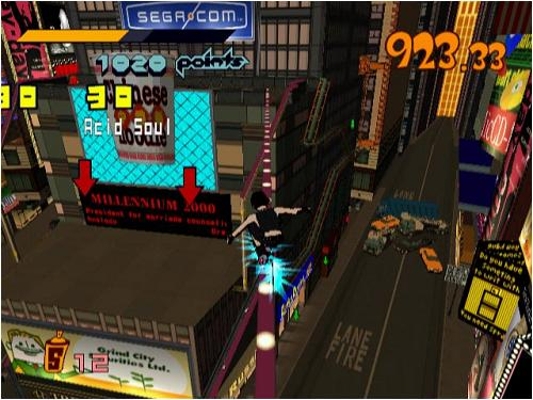Dreamcast Retrospective Day 5: Shenmue
 Sat, September 5, 2009 at 7:29 PM
Sat, September 5, 2009 at 7:29 PM Ah, Shenmue. Dear Shenmue.
It is a game that simultaneously represents the Dreamcast’s highest highs, its greatest dreams, and its most significant achievements, but also its lowest lows and most obvious, most disappointing failings.
Shenmue was indescribably ambitious.
Its tale was epic. Its scope was vast. It featured detail and immersion the likes of which never before had been seen in gaming.
Shenmue, unfortunately, also came before the period in game development history where it had quite been figured out how to make such large, open worlds consistently interesting.
Shenmue’s was, quite simply, ahead of its time. This is to be admired, to a point.
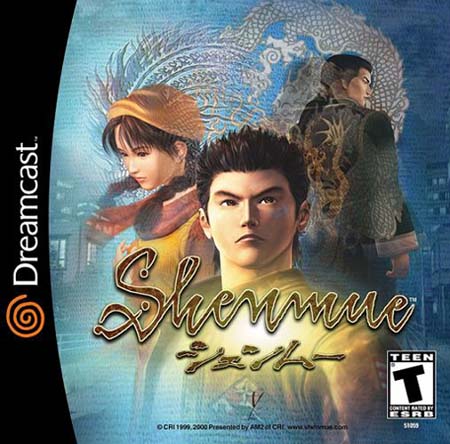
The game still provides an experience unlike any other. It is more or less an RPG, with a large world to freely explore, an epic quest to delve into, tons of people to talk to, and numerous side activities to keep you occupied. You could actually go to an arcade within the game world, play arcade games on the virtual arcade machines, spend your virtual time doing this as the clock would continually advance all the while, and spend your virtual money that you had earned in your virtual job in order to play.
How much more immersion do you want?
Say what you will about the kind of activities that are actually fun inside of a video game world, Shenmue was nothing if not comprehensive.
Shenmue was even the originator of many trends that are still present in gaming today. It could be argued that the notorious quick time event, for one, was brought into popularity by Shenmue, for better or worse. Dragon’s Lair was of course the true originator of the quick time event, but Shenmue brought it into the modern age.
To this day, Shenmue remains one of the few examples where it really worked during gameplay. It allowed the game to immerse the player in action sequences and combat sequences that otherwise would not have been possible within the mechanical framework of the game.
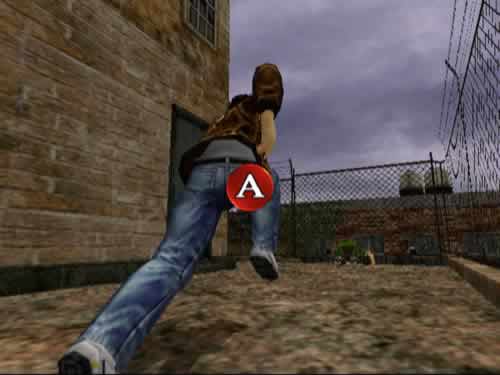
Understandably, as well-worn as this mechanic is these days, it doesn’t hold up quite as stunningly when you play it today. But at the time this was a fairly interesting concept that worked in the game’s favor.
The game was also one of the earliest examples of the sprawling, hyper-detailed, realistic, open-world settings that are pretty much everywhere in gaming today. Everything from Grand Theft Auto to Burnout Paradise must consider Shenmue as one of its forefathers.
I still look back fondly on the world of Shenmue, for I feel it provides an experience unique in gaming even to this day. Shenmue is essentially an RPG. This is a game built primarily around talking to other people and living out the story of the main character.
And an interesting story it was.

But unlike most RPGs, combat was not the primary focus. It was far from neglected, but it was also not the reason the game exists. Story, puzzles, and dialog were the primary things the game focused on. What you got was a fairly, dare I say, realistic RPG.
Shenmue told a tale that was actually, at least to a point, believable. I could believe that this character was out there, somewhere, doing these things to find the killer and avenge his father’s death. Ryo didn’t do anything out of character or so over the top that it was clearly in the realm of fantasy.
Ryo felt like a real, human character, doing whatever was in his power to do what he thought needed to be done.
Sure it wasn’t the most action-packed game. Sure the pace plodded at points. But the realistic tinge given to the proceedings by those very “faults” gave it an entirely separate attraction.
Wandering around this highly realistic Japanese, and later Chinese, city, talking to people, solving puzzles, and advancing the plot in a realistic manner at a realistic pace is something you really don’t get to do in games all that often.
The fantastical nature of video gaming sometimes has a tendency to sap away some of the potential base-level human connection with the characters that Ryo, with all of his faults and relationship issues and self-doubts, offers in spades.
It has long been said that games can’t do emotion. They are all essentially in the same realm as action movies and are incapable of drama or provoking sadness, so the saying goes. I’m not about to claim that Shenmue actually did break this barrier and achieve this impossible status, but I do think that it’s one of the better examples out there of a game that has come rather close.
Sadly, the ambition that made the game so memorable also brought its downfall.
It was truly a game before its time and gamers just did not see the appeal. Only the first game ever made it to U.S. shores on the Dreamcast (which did not stop me from acquiring a European copy that I am quite proud of at great expense, one of my only endeavors in importing).
The project was too ambitious, too expensive, and unfortunately not nearly popular enough to justify continuing.
There should be no claims that the original Shenmue was perfect. Clearly it was not.
Review scores of the day indicated that the game was highly divisive even at the time. Some thought it was the highly-detailed second coming of the RPG genre, others thought it was a gorgeous but incredibly boring waste of time.
Frankly I can see both sides of the argument.
To me there still remains something special about Shenmue, despite its faults. I haven’t touched the original Shenmue in seven to eight years, but despite the time that has passed, I can still recall areas of the game vividly in my mind. I can still see and hear the characters I spoke to during the course of my adventure.
For some reason, this game managed to stick with me in a way that a lot of other games don’t. Perhaps it was the wonderful system it played on, perhaps it was the detailed graphics, or perhaps it was the gripping, realistic tale it told.
But the bottom line is, in the many years since its release, with the shelves jammed full of more realistic open world games than you can count, I still haven’t played anything quite like Shenmue. I guess this isn’t all that surprising considering how poorly it sold, but it truly is a shame.
I really do think there was something special about Shenmue. Clearly it wasn’t something for everyone. Its sales numbers should tell you that. But the tone and the relative realism of the whole affair is something I would have liked to have seen capitalized on and brought into the modern age.
Most importantly, I just wanted to see the story told to completion, but alas, it appears poor Ryo will forever be trapped in an eternal cliffhanger, never to find the vengeance he so desperately seeks.
Like the Dreamcast itself, Shenmue was terrifically ambitious and ahead of its time, yet sadly cut down prematurely due to these very qualities. Neither would get to display their true potential.
Both, I suppose, like many beloved things, I cherish as much for their faults as for their successes. It is the combination of both that made them the unique experience I so loved.



